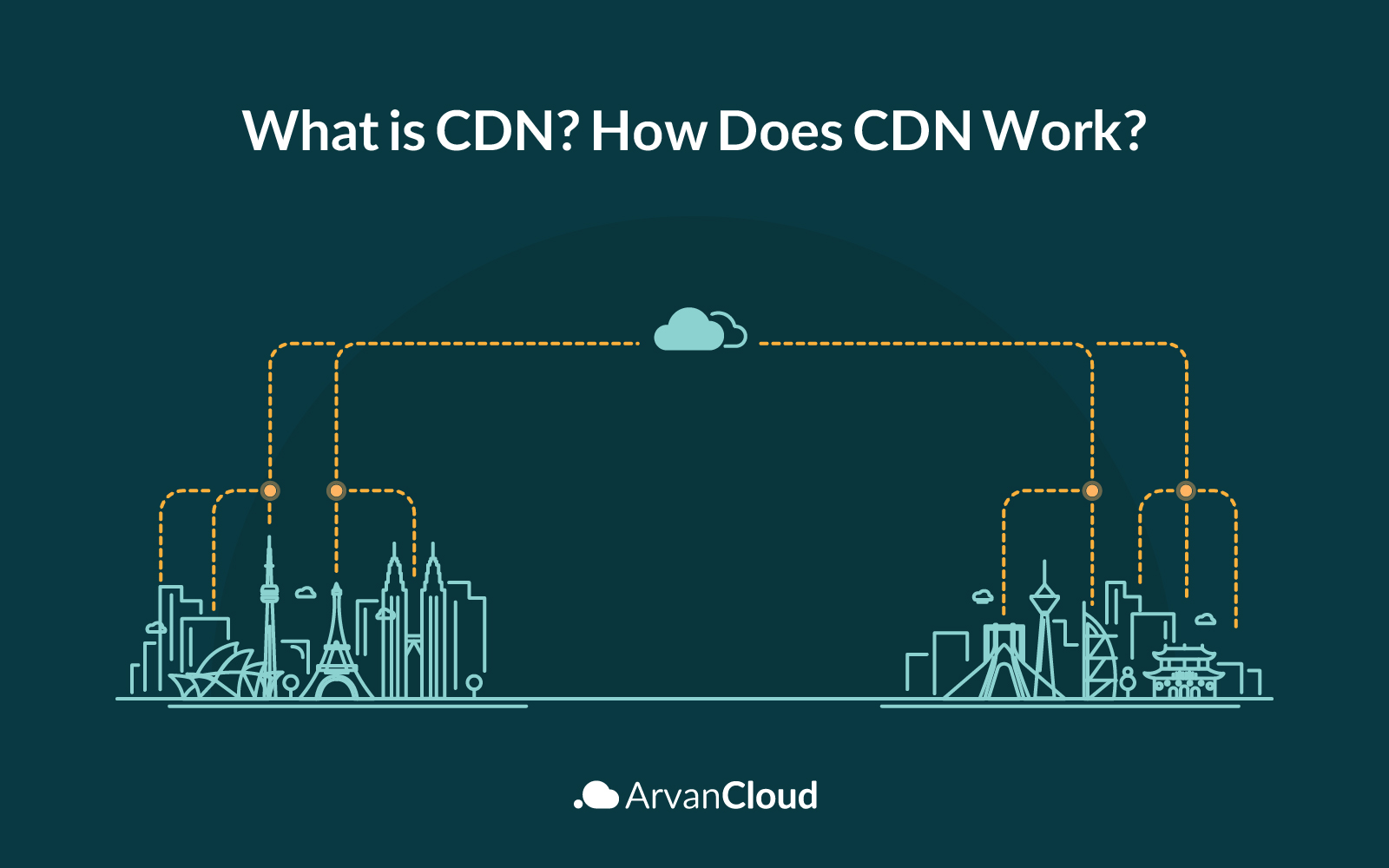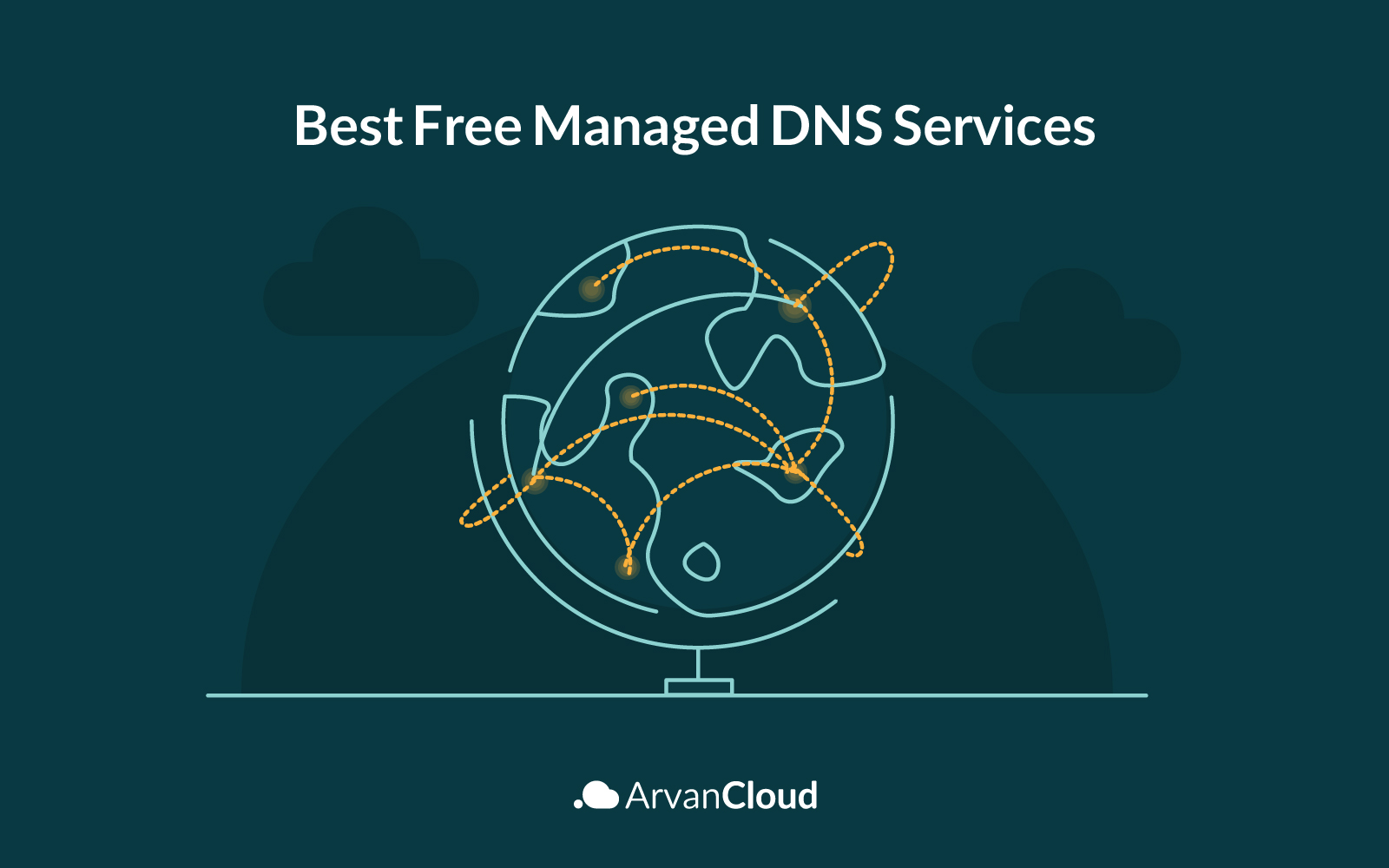
In recent years, Live Streaming technology has progressed rapidly, making it possible for broadcasters with little technical expertise to create high-quality streams on their websites and applications.
Video files are delivered over the internet in real-time using streaming protocols, one of the most common types of technology that works behind the scenes. These protocols are one of the most important types of technology. To deliver streams online, a variety of protocols are currently used. For example, RTMP, HLS, and WebRTC are currently the three most common protocols used. In the following table, you can have a quick overview of the most useful features these streaming protocols can provide and how they can help you in different scenarios
| RTMP | WebRTC | HLS | |
| Latency | Ultra-Low | Ultra-Low | High |
| Bandwidth | High | High | Low |
| Scalability | High Cost | High Cost | Low Cost |
| Cross-platform | No | Almost | Yes |
| Adaptive Bitrate | Yes | No | Yes |
The purpose of this post is to compare RTMP, HLS, and WebRTC. So, follow this post to understand the differences and similarities between them as we discuss their roles in live streaming, especially the low-latency options.
What Is a Streaming Protocol?
A video streaming protocol refers to a standard means of delivering video information, i.e., breaking a video into chunks, transporting them, and then reassembling them in a standardized way.
To make video available to users, many technical protocols must be implemented. Video files are notoriously large and require considerable technical expertise to get video from one point to another. To make video available to users, the video must travel a long and complicated path from the source to the player.
Multiple protocol standards are developed by various companies and organizations to cater to the specific needs of different types of online video streaming services. Typically, these protocols are standardized and/or open-source, allowing them to be integrated seamlessly into various technologies and streaming setups.
In most cases, streaming protocols such as RTMP, HLS, and WebRTC are compared against one another. So, let’s take a closer look at each of these protocols to give you a better understanding of how they work and the purpose that they serve.
What Is RTMP?
Real-Time Messaging Protocol (RTMP) is known for its low latency and ability to deliver video content immediately. The RTMP protocol was introduced by Adobe’s Flash player to allow streaming video content to be delivered. As Flash has been deprecated, many people assume that RTMP will too. This is not exactly true. RTMP has taken on a new role in live streaming, using it to ingest media from an encoder or other source into a live-stream platform.
With RTMP, you not only receive many benefits when it comes to the ingestion of video feeds, but it is also an extremely cost-effective and accessible method. With the ability to support all modern encoders, including many free ones, this system is the easiest and most affordable way to do so. Another significant advantage is broadcasters can stream video at very low latency.
The RTMP protocol has several variations that serve slightly different purposes by changing the format of information sent:
-
- RTMPPS is a version of RTMP with increased security that is most commonly used in public networks to stream videos.
- RTMPPE is a variation of RTMP that adds an extra layer of encryption and security.
- The RTMPT protocol is a particular variation of RTMP that can bypass firewalls in a specific way
Because RTMP is not compatible with advanced video players such as HTML5, it cannot be used for streaming delivery setups. However, the RTMP protocol has a high ingestion rate, so it can also be utilized as a streaming server. As with many other technologies, the role of RTMP is constantly changing.
What Is HLS?
To stream video using an HTML5 player, a format called HLS was developed. It is important to understand that HTTPS Live Streaming (HLS) is a protocol developed by Apple to stream video on an HTML5 player. To clarify, the delivery of HLS video content to the HTML5 video player has replaced the delivery of RTMP content to the Adobe Flash player.
Many modern streaming setups use HLS as HTML5 video players offer so many advantages over older video players that it is considered a universally compatible video player. Due to HTML5’s high compatibility with browsers, many broadcasters consider it the only viable option for their setup.
The most remarkable advantage of HLS is that it is ultra-compatible but has several other benefits too. HLS is very secure, and it produces high-quality streams as well. Additionally, HLS can support adaptive bitrate streaming, which is extremely important to professional broadcasters. The HLS protocol is also dynamic, so it will adjust the bitrate of individual streams according to the current connection conditions.
HLS protocol can be used for both ingesting and delivering content, but it is currently more prominent for delivery since it is not widely compatible with most encoders.
Furthermore, one of the significant disadvantages of HLS is that it can lead to a latency of 15-30 seconds when used alone. Therefore, streaming with HLS delivery and HLS ingest will not be as low-latency as other setups.
What Is WebRTC?
There is a significant difference between WebRTC and RTMP because WebRTC is a project instead of a protocol. The Web Real-Time Communication protocol, also known as WebRTC, is a protocol for transferring information over the Internet or telephone. Google purchased it and further developed it to enable peer-to-peer streaming that does not suffer from latency issues in real time. This project enables developers to integrate streaming functionality into their applications using this open-source technology.
When the Influenza outbreak struck, WebRTC played a significant role in the attempt to maintain a sense of normal across many industries while streaming with real-time latency was essential. Even though many schools and businesses could not attend in-person meetings, video conferencing enabled them to continue operating.
Many popular web conferencing tools support the WebRTC protocol, including Google Meet, a Google-owned service. The protocol is also supported by Slack, WhatsApp, Discord, and Snapchat.
WebRTC is also highly secure and offers streaming with real-time latency. Additionally, WebRTC supports streaming at multiple bitrates, including HD, enabling you to deliver a stream to your audience in various renditions, each with a higher quality. Furthermore, WebRTC offers encryption with SRTP and other gold-standard security protocols.
There are many other benefits of WebRTC, such as its adaptability and customizability. It is also capable of streaming to a wide variety of devices and browsers. The combination of all of these features makes WebRTC a very attractive choice for businesses and consumers.
Comparing RTMP, HLS, and WebRTC
WebRTC is a different technology from RTMP and HLS in live streaming. Yet all of them share something in common: they provide real-time, or at least as close to real-time, data transmission. Thus, comparisons between WebRTC and RTMP, as well as HLS, are commonly observed.
It may be difficult to determine which technology is most appropriate for live streaming despite knowing what they each do. The answer to this question depends on your specific requirements. Various conditions dictate that different streaming setups and protocols are necessary to support their streaming requirements.
The popularity of WebRTC is also growing, but there is still one major obstacle to overcome. It is still not widely accepted by most encoders. Production and mixing software are also suffering the same issue. This major limitation of WebRTC can be overlooked in peer-to-peer streaming setups, where the video is captured by a digital webcam and then streamed back via peer-to-peer networks. However, it poses a significant problem for broadcasting professional video streams.
Many technologies can be utilized with HLS ingest, but encoders and other technologies relevant to HLS ingress protocol are not widely available. Professional broadcasters will likely continue to ingest content using RTMP and HLS delivery as long as so many encoders and technologies do not yet support WebRTC and HLS.
When comparing WebRTC vs. HLS, it’s clear that HLS has greater popularity regarding professional broadcasts. Regarding WebRTC vs. RTMP, it is important to understand that HLS works in conjunction with RTMP, so WebRTC and RTMP are not directly comparable.
The Best Protocol for Live Streaming
Many technologies are available for building video streaming solutions, such as RTMP, HLS, and WebRTC. However, if latency is a concern, WebRTC is your most suitable technology. It is an open-source browser-based technology that supports the creation of peer-to-peer audio, video, and data exchanges that allow users to communicate directly with each other over the internet.
Although HLS and RTMP are widely supported by many devices and browsers, there is usually a delay of between five and fifteen seconds associated with these protocols. You should use HLS/RTMP if you deliver video content without any interactive components, such as online coaching or online games. WebRTC is recommended in this case.
Additionally, WebRTC streams can be converted into RTMP streams, enabling you to split your audience into groups, such as those who want to watch the lecture with a sub-second delay and others who prefer to view it on YouTube or another RTMP player. The use of WebRTC for live streaming services is not widespread at present, but it is expected to grow as large and small streaming companies are experimenting with it and even launching live streaming services utilizing it shortly.
There is an issue with HLS regarding live streaming because it has inherent latency built into the protocol itself. The most common method is RTMP, but there is one problem – RTMP can only be viewed inside a browser if it is supported by Flash, and Flash is now being removed from most modern browsers because it is incompatible with many parts of them.
Which Streaming Protocol Should You Choose?
The choice of a video streaming protocol depends on certain key factors that must match the needs of a business. For example, criteria such as accessibility to a large number of contacts, reduced playback delay, or video security and privacy may be more important to you than others. The most important factors in choosing the best protocol are:
- Compatibility: If you’re looking to deliver your content to the broadest possible audience, you should look for one compatible with most devices, platforms, and browsers. HLS is perhaps the best option in this case, and even if you have doubts about using it, it can still be chosen as the default solution.
- Latency: Although HLS provides the widest reach for online streaming, it has high latency. Instead, RTMP can deliver low-latency video content but is not incompatible with HTML5 players. WebRTC can provide lag-free video streaming but is supported by limited platforms and may miss out on a wide range of viewers. If you want to deliver your video lag-free and reach a large audience, you can use HLS while adopting a solution that offers ultra-low-latency streaming.
- Privacy and Security: If your biggest concern is ensuring that the stream is safe and sound on its way to the end user, use a protocol that offers security features. Most protocols offer secure streaming, including the HLS standard, but it’s not offering the best security and privacy features.
- Adaptive Bitrate: As mentioned earlier, adaptive bitrate provides the best possible video quality, given the end user’s network, device, and software capabilities. HLS like MPEG-DASH is the protocol that supports this feature.
- Cost: In general, protocols that use HTTP web servers, such as HLS and MPEG-DASH, are more cost-effective than older protocols because they do not have the technical problems of implementation and setup.
Final Thoughts
Live streaming over the Internet requires the use of the appropriate streaming protocols. If you are using a professional video hosting platform, you must ensure that your software is compatible with the rest of the setup for your live stream to be successful.
The combination of HLS delivery and RTMP ingest is the most efficient way to deliver video today. Due to the evolution of supporting technologies such as encoders and software, the roles of HLS and WebRTC will gradually shift over time.
For Video-on-Demand services, Podcast Hosting, and Live Video Streaming, visit the ArvanCloud Video Platform and sign up for a free package.
This platform is an ideal VoD service and includes many features, including video monetization, white-label streaming, HTML5 video players, cloud transcoding, and more. In addition, our platform offers live video streaming and on-demand video hosting.
Contact us if you need help with your video service assessment and consult the ArvanCloud team of experts.








